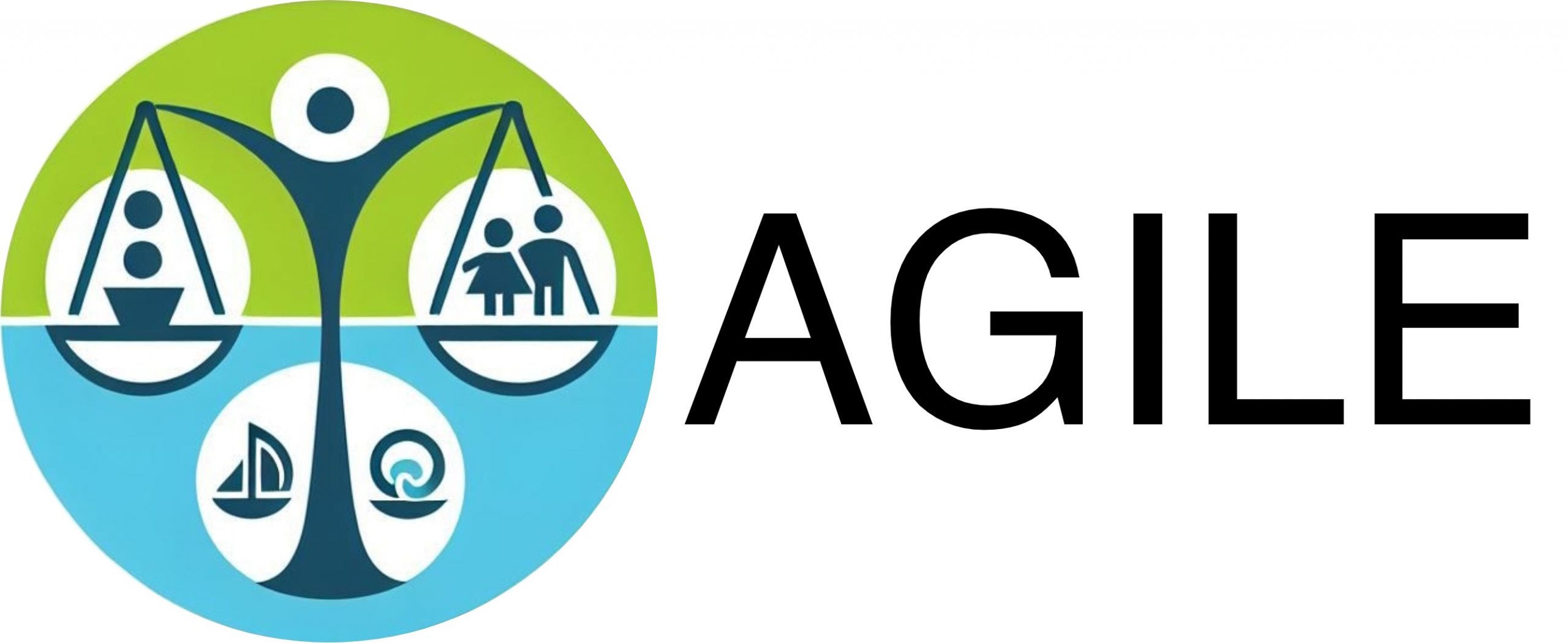Authors: Lasse Aaskoven, Benjamin Egerod, and Frederik Kjøller
Abstract
While women are consistently under-represented in the upper echelons of the bureau- cracy we have little knowledge about why that is. In this paper, we investigate when and why women’s careers stagnate using comprehensive data on personnel records on all civil servants employed in the Danish ministerial bureaucracy from 1999 through 2019. We show that women’s careers stagnate at the earliest possible stage: a lower proportion of women ever enter into the pipeline from which junior management is recruited, and when they do, they do so at a higher age than men. This exacerbates gender imbalance at all levels of management. Next, we use a difference-in-differences design to show that women’s probability of entering the management pipeline and all management positions drops compared to men, when they get a man as the leader of their unit. Heterogeneity analyses show that the negative effect on women’s careers is concentrated among women younger than 45 years of age and in units where there is a high proportion of women managers. This suggests that male senior managers antici- pate parental leave disruptions could strain the stability of their junior management. Although we find evidence for other mechanisms as well, they do not seem to have the same explanatory power.
